Trihedral spurge: description, care and diseases
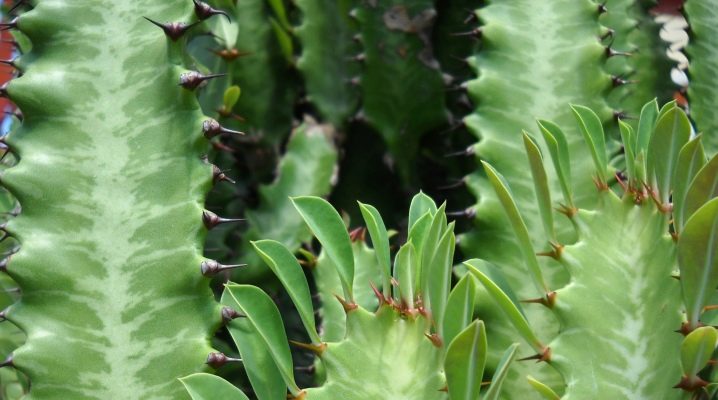
Many people like to observe their own garden or at least green spaces on the windowsill, however, the modern world often does not leave enough time to care for plants. Someone is even just lazy - he longs for the result in the form of beautiful greenery, but does not have much love for the very process of growing it. Do not think that the beautiful home flora necessarily requires complex and painstaking care - there are pleasant exceptions, which include the trihedral euphorbia.
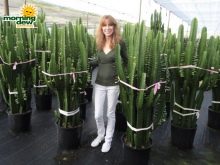
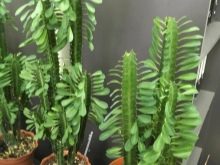
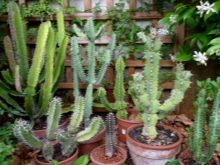
Description
Trihedral spurge is often also called triangular; its Latin name is also common - euphorbia of trigone. This species is a succulent shrub, that is, plants that can accumulate significant amounts of water in their tissues. Euphorbia is a perennial plant, so each specimen will delight its owner for years.
The species got its name for the characteristic triangular trunk, whose diameter can reach 6 cm. In general, the plant has a typical dark green color, but its dense thorns stand out against the background of the trunk and branches in a reddish-brown tint. Unlike many other succulents, the triangular euphorbia is not devoid of leaves - they also exist, only they have a specific spatulate shape, and their length does not exceed 5 cm.Flowering occurs with the help of bright pink-red flowers that cover the outline of the main stem, which is in sharp contrast in terms of color and cannot but attract attention.

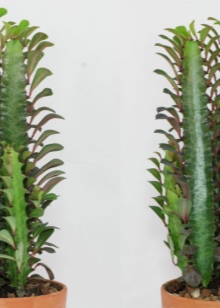
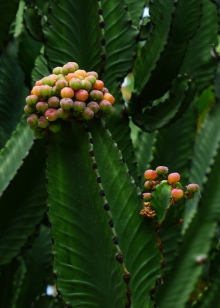
The birthplace of triangular milkweed is Southwest Africa: Angola and Democratic Republic of the Congo. The very fact of belonging to succulents shows that this species grows there in dry regions.
Many people keep this plant at home because of the simplicity of cultivation and an attractive appearance, but not everything is so rosy - the triangular spurge has poisonous juice. With direct contact with it, burns appear on the skin, which have a long healing period, naturally, an attempt to eat it will end even more deplorably.
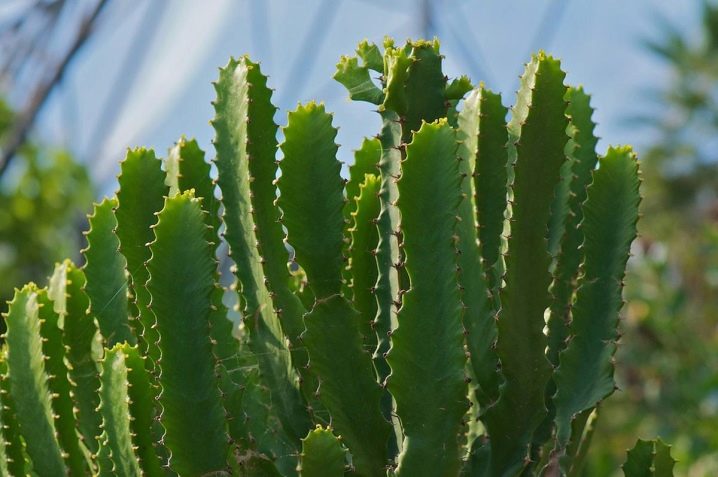
Such a green pet is especially dangerous for pets and children who do not always understand the consequences of their careless or overly curious actions. At the same time, the gardener himself may suffer, due to carelessness or accident, therefore the place for the tub with the plant should be chosen thoughtfully, in order to avoid accidental grazing, and do not forget to wear rubber gloves while leaving.
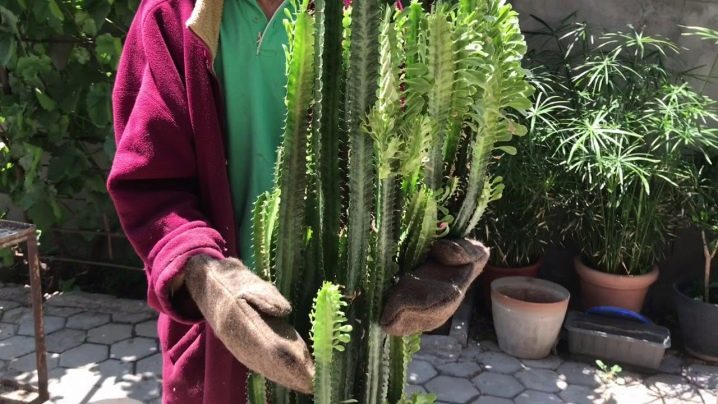
Is it a cactus or not?
Neither triangular euphorbia nor any other species of this plant belong to cacti - they have their own family of Cactus, while euphorbia has its own euphorbia. Both families belong to the class of dicotyledonous plants, but the relationship at the class level is rather arbitrary, since it is too distant.
For this reason, it is incorrect to call your home spurge a cactus, although they have plenty of similar features:
- both belong to succulents and accumulate water in the tissues, forming characteristic fleshy stems;
- each of the plants is distinguished by an abundance of thorns;
- the appearance is quite similar, both are often a columnar plant of dark green color, and even they bloom in about the same shade - red-pink;
- both are extremely unpretentious in terms of watering and other care, for which they are highly valued by all lazy botanists, since they actually grow spontaneously;
- both the euphorbia are triangular, and the cactus can grow almost anywhere - they do not have any exactingness to the type of soil, and the limited space of the tub does not bother them;
- these plants grow very quickly, visually enlarging the garden, while it is difficult to find any factors that can quickly destroy such plantings;
- if you need to propagate the triangular spurge, then, like many types of cacti, it allows you to grow a new specimen from a branch broken off from the old one.
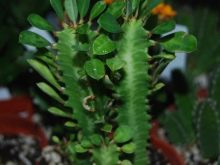

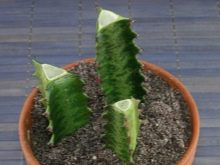
Landing
As mentioned above, the reproduction of triangular milkweed is a fairly simple task. However, there is a certain order of actions, because nature has many attempts to propagate euphorbia, and a person usually seeks to do everything right the first time. At the same time, do not forget that you should follow basic safety precautions if getting a caustic burn is not part of your plant-growing plans.
The main way of rooting at home is precisely the use of one of the branches, so choose one and carefully cut or break off. Despite the fact that it is difficult to spoil the spurge, it is better to choose those shoots that stand out for health.
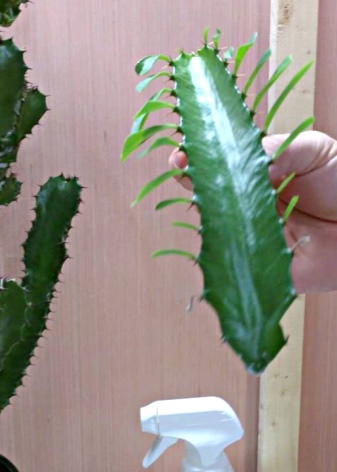
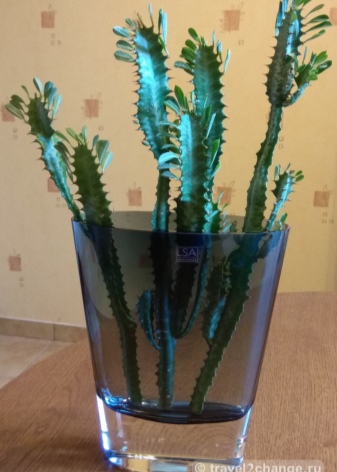
Although the spurge reproduces in this way, for him a cut is also a wound, so it should be treated. The emerging poison should be carefully washed off from the old plant, the cut site should be cauterized with sulfur or ash so that the plant does not continue to leak juice.
The shoot, which is planned to be rooted, also needs to be washed from the poisonous juice, at least for your own safety. You should not try to transplant it immediately - although the branch is already a separate plant by this time, albeit without roots, for it such a transformation is a real shock. Until the moment of disembarkation, the appendage is allowed to lie down for several days - not only will it not die, but it should also "come to its senses" a little.
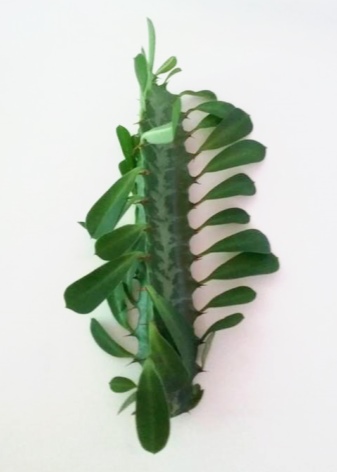
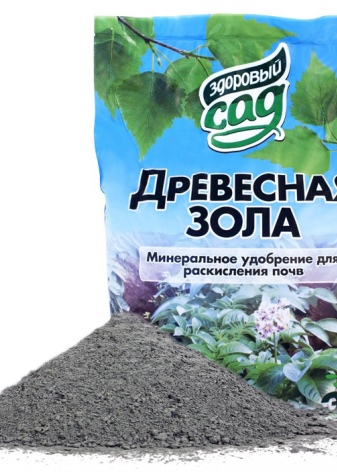
When the appointed time expires, you can plant a twig in moistened soil. The plant is undemanding to the soil, and it does not have to be rich in nutrients - it is even better if it is a typical soil for succulents based on independently mixed sand, peat, ash and slightly acidic garden soil. The soil must be porous and easy to pass water, therefore clay is extremely undesirable, and bottom drainage from pebbles, expanded clay or rubble will be very useful. A pot with drainage holes for excess water should be chosen as over-humidification is deadly for milkweed. Also, you should not choose a very small container - although the plant is unpretentious to the size of the pot, it grows quickly and gains weight, and therefore, over time, it can easily overturn the vessel.
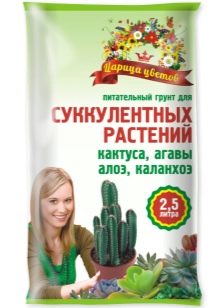
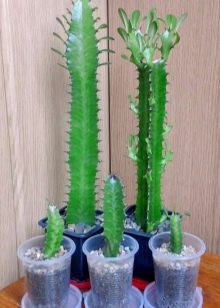
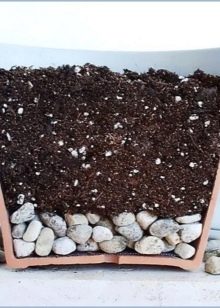
Interestingly, the planting of new plants in many cases can be unforeseen. Triangular spurge, despite its impressive size, does not belong to strong plants - it is quite easy to break it, even slightly touching it. The resulting plant injuries must be treated in the same way as in the case of transplanting broken off stems, and since there will be many of the latter, they can be planted at the same time so that the material does not just disappear.
In order to avoid the above situation with plant breakage, it will not be superfluous to install a special vertical pole in the pot even during planting. Triangular spurge does not belong to climbing plants, therefore it will not "climb" on its own, so as it grows it will have to be tied up, but the likelihood of plant injuries will greatly decrease.

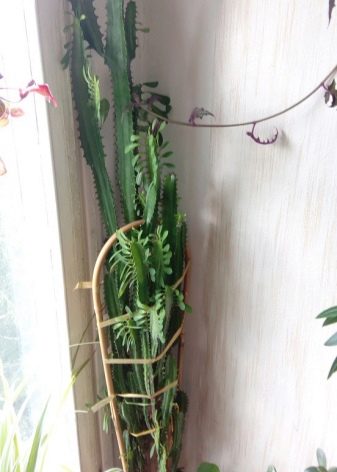
Care
Triangular spurge is very good because it is completely unpretentious to conditions. So, at home, it will grow on any windowsill, regardless of whether it is a sunny side or, conversely, shaded. As befits an African resident, such greens are not afraid of extreme heat, and such cold, as it happens on our streets in winter, simply should not be in the apartment.
The situation with watering is simple, but not so straightforward. If you are not at home so often, and do not always find time to water the spurge, this will not be a threat to his life - for a month or even two he is able to do without your attention. Another thing is that survival and normal life are different concepts, in an economical mode the plant will begin to spend water to a minimum, so do not expect either abundant flowering or new delicate greenery. With extremely rare watering, the spurge will become more and more like a tree with a minimum of leaves, but resuming watering will quickly return it to its appearance.
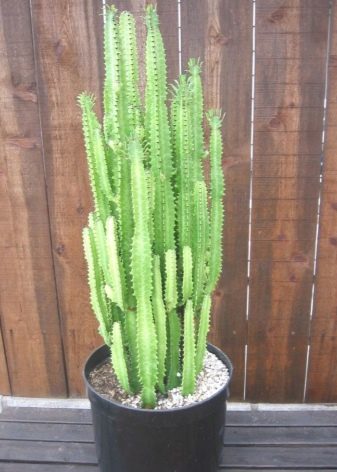

In fact, even maintaining a normal watering regime in the case of milkweed is not such a problem. In the summer heat, it is enough to "water" it once a week, in winter, when there is no drying heat, the frequency of procedures can be reduced to once every two to three weeks. Water spurge rarely, but do not spare the water - a properly selected porous soil should skip all unnecessary, but the plant should have time to get drunk. At the same time, not only watering the soil is important for milkweed, but also spraying, which, ideally, should be done twice a day, although its absence will not be so critical and will only affect the lack of tender leaves at the top. In general, the plant loves very humid air, so try to pamper it whenever possible.
As befits an unpretentious succulent, Euphorbia usually does not need any additional feeding. Naturally, inexperienced gardeners often do not believe that fertilization will damage the plant, but the opposite is true: due to nitrogen fertilization, the euphorbia begins to grow rapidly, the growth can reach 0.5 meters in a few days, while the stems do not have time to get stronger properly and break off under the influence their own gravity. For this reason, experts usually advise to limit the application of a small amount of mixed mineral fertilizers once in the spring.
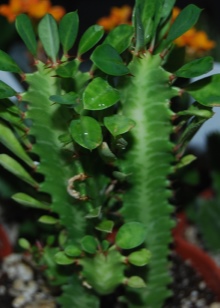
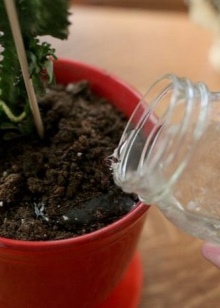
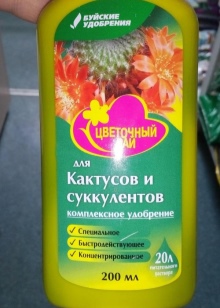
Pruning
Triangular spurge grows very quickly, and, becoming too tall, requires periodic pruning. This is also necessary so that the plant does not take up too much space in the apartment, and so that it does not break under its own weight, and so that it has a culturally designed look. This procedure is usually beneficial - it makes the greens more lush and helps to accelerate growth. At the same time, you need to trim the spurge correctly, remembering that its juice is dangerous.
In fact, the procedure is very similar to the one when a branch is cut off from the plant for reproduction. Hands must be dressed in rubber gloves, you should act carefully so that the poisonous juice does not get on unprotected skin. For pruning, you should choose the sharpest of household knives, it will cut off the selected branches without unnecessary resistance, due to which it will be possible to achieve the necessary accuracy.
It is very important to wipe the juice escaping from the cut so that it does not form smudges on the surface of the plant - otherwise the euphorbia may suffer from its own acridity. After that, the incision is cauterized with sulfur or ash, so that the bush does not lose juice in the future and is not in danger of being burned.
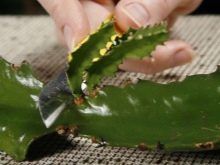

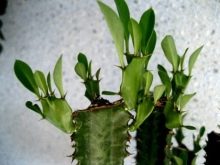
Diseases
No biological species can be ideally protected from enemies, and the triangular spurge is no exception. Despite all its unpretentiousness and poisonous juice, it is susceptible to certain diseases, and in the same way it can have pests. It is noted that all external challenges are better resisted by those specimens in which the owner does not fully rely on the "indestructibility" of the indoor plant and still tries to take care of it, albeit according to a simple, but schedule.
In most cases, various negative symptoms are the result of improper care., but are treated by eliminating the problem that led to the emergence of the situation.So, if the spurge turns yellow, this usually indicates a violation of the norm of nutrients, although the situation is confusing that the plant reacts equally to both excessive and insufficient amounts. With excessive watering or ineffective drainage, the bush sheds foliage, in especially severe cases, the trunk rots from below, from the roots.
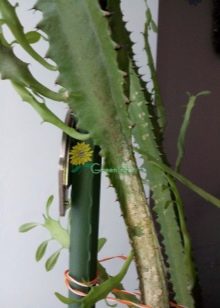
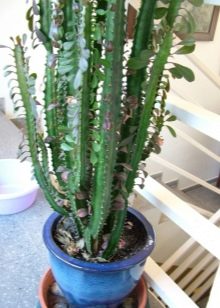
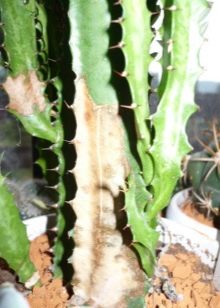
Although euphorbia is native to Africa, it is accustomed to heat and is not afraid of the sun, it can also experience burns - they appear as rough brownish growths on the trunk. In all cases, the plant can be saved by simply eliminating the problem in a timely manner, unless the bush has rotted for a very long time - then it is wiser to transplant its surviving shoots without letting them die.
Triangular spurge is rarely attacked by pests, but it has at least three enemies - aphids, red spider mites and mealybugs. The first is observed as well noticeable small bugs (black or green) on the leaves, the second is easiest to identify by the appearance of a cobweb, the third leaves behind a characteristic white bloom in the upper part of the plant.
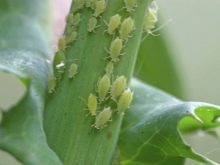

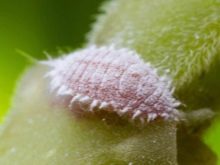
The appearance of intruders should always be a reason for an immediate response - you should try to eliminate the enemy as soon as possible. With a timely reaction, saving the plant is relatively simple - for this you just need to spray it with an aqueous solution of ordinary laundry soap or use store-bought insecticides. Most pests are not able to completely destroy the trihedral euphorbia, since its skin is quite thick, but they can damage the green leaves and spoil the appearance of the plant, and with prolonged exposure sometimes lead to rotting of the specimen.
For triangular milkweed and caring for it, see the following videos.























































The comment was sent successfully.